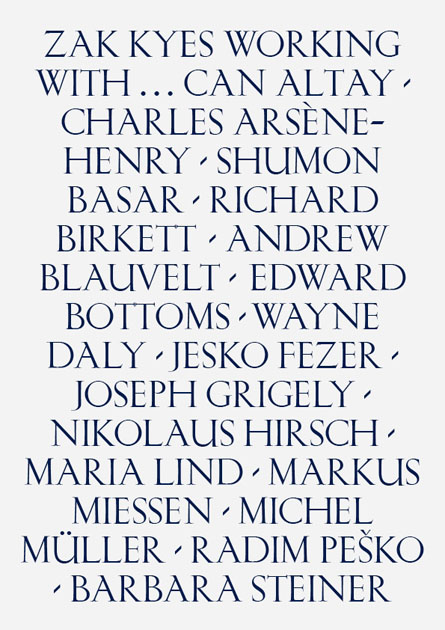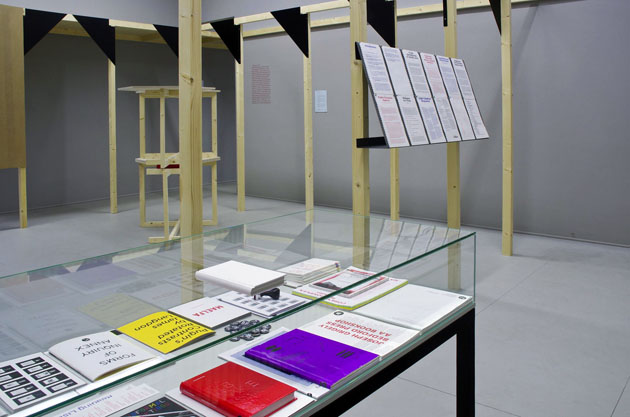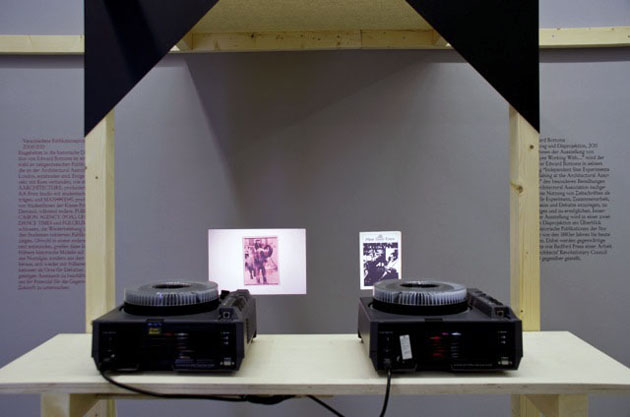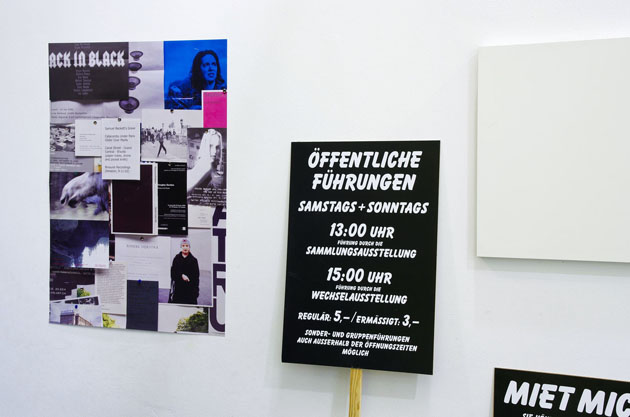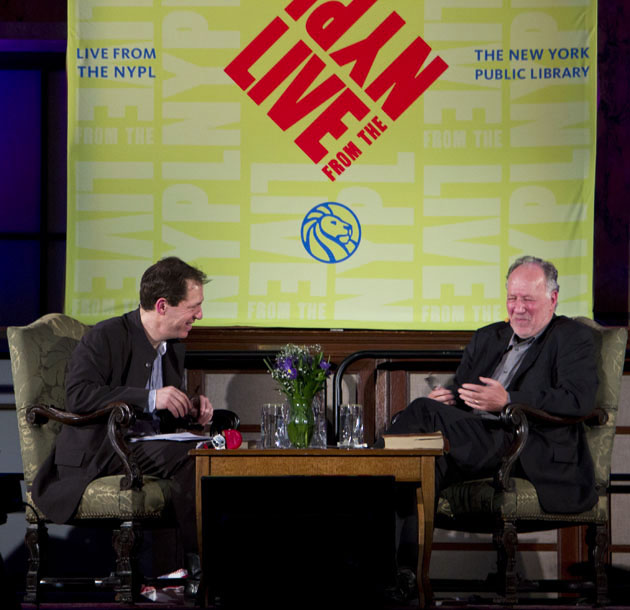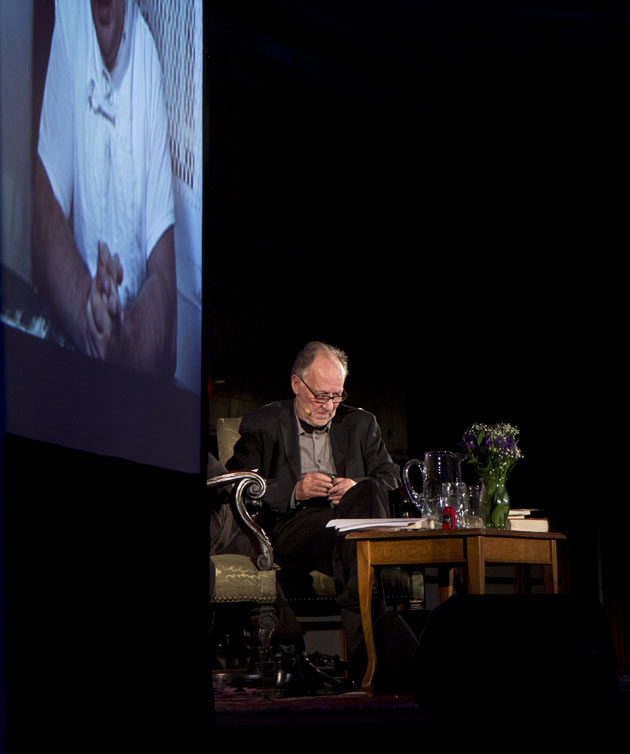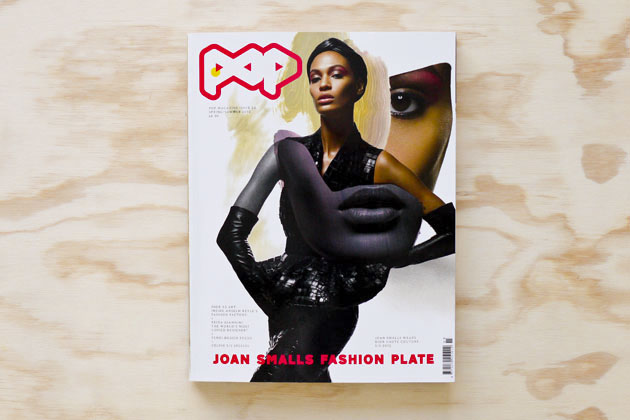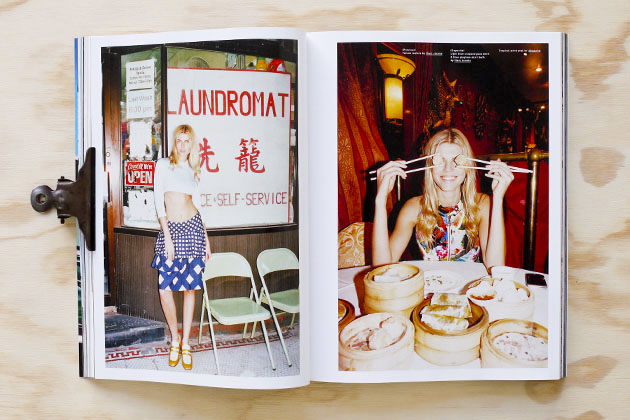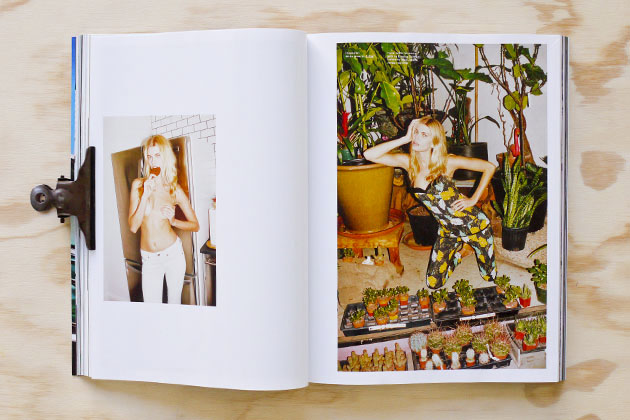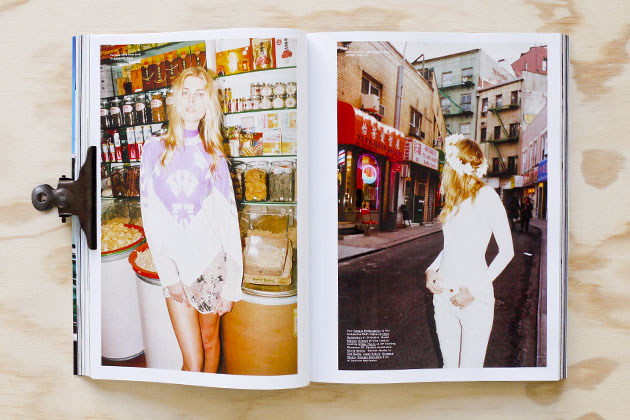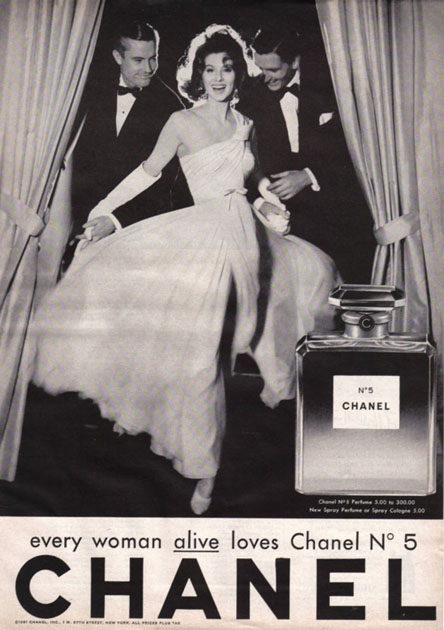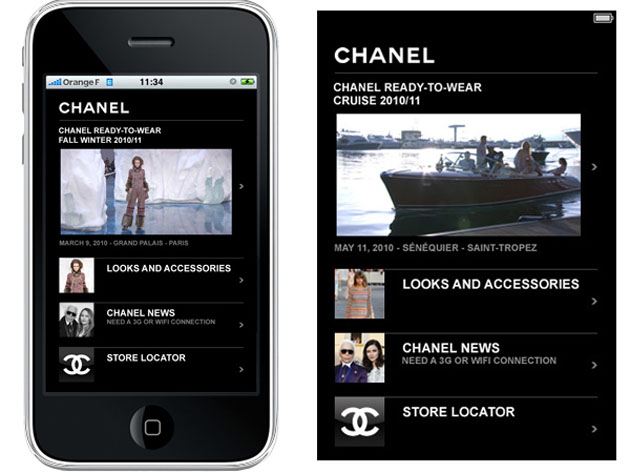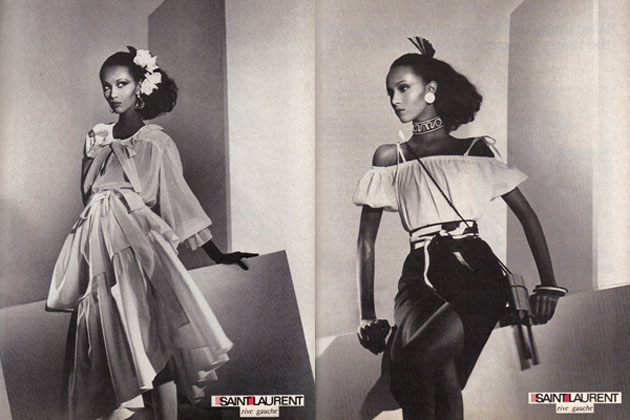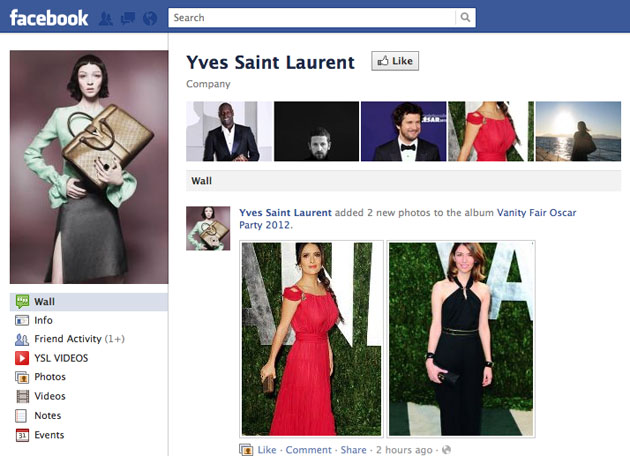Sometimes She Disappears: Cindy Sherman
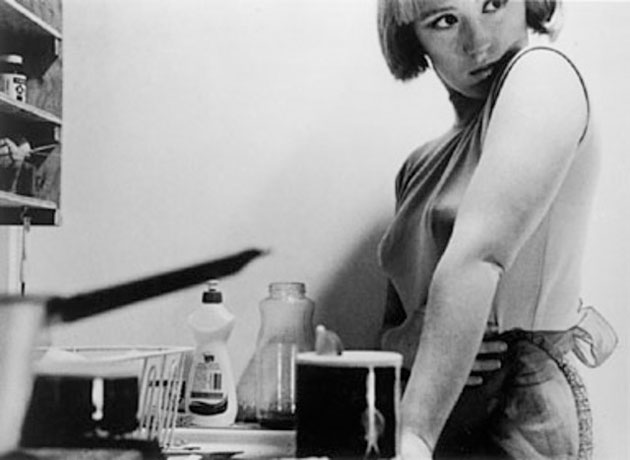
Cindy Sherman has played many parts over the years, Hitchcock lady, horror victim, Madonna, Monroe, low-brow actress, ageing socialite, and sun-burnt Beverly Hills do-nothings among them. A lot of what she deals with identity and gender, but a lot of it is also deliberately abstract and multi-faceted, which is why it’s always been somewhat difficult to keep Sherman pigeonholed in one camp or another for too long. She simply refuses to be pinned to one thing or another. It’s also why she’s so popular.
What has never been revealed is the real Cindy Sherman, and you’re certainly not going to find her here. Her expansive, brilliant retrospective at MoMA should instead be viewed in part as an exercise in mass identity contortion. Though you can see that iconic face in nearly every shot, at 58 she remains an elusive figure as ever.
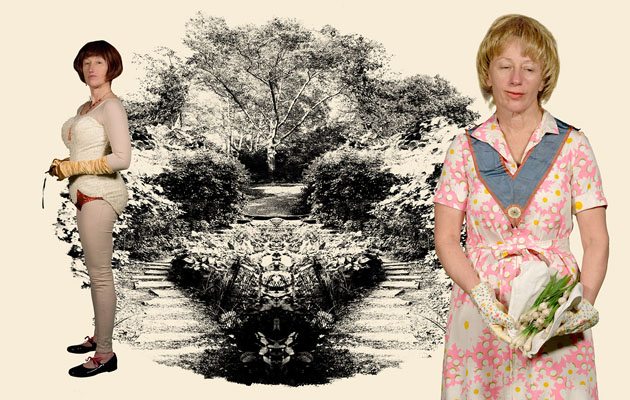
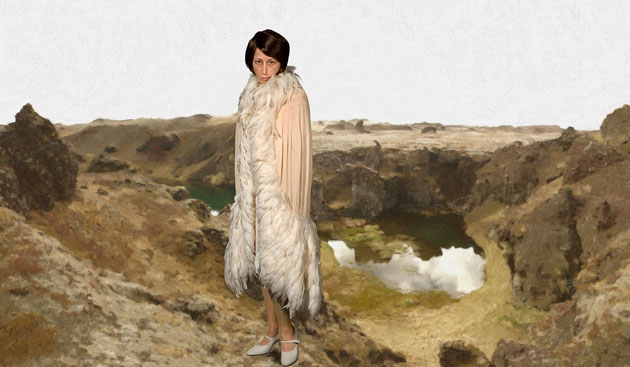
Sherman has long been in the business of deception and illusion, ever since she blew up with her Untitled Film Still, a brilliant 69-picture series from the late 70s that showcased many of the themes she would spend the next four decades exploring: gender roles, identity, voyeurism, exploitation, and consumerism. She executes in one frame what most filmmakers couldn’t dream up with three hours worth of tape. It’s impossible to tell exactly what you’re looking at. If born 100 years ago she probably would’ve been a rabbit-wielding magician in competition with Houdini, but in an era where media images are cropped and manipulated beyond recognition she is instead a modern trickster who utilizes photography as a way to showcase the unreliability of identity. Contrary to popular belief, the camera does lie―hers does, anyway―and often does so with an eye winking in the audience’s direction. The first thing you see off the escalator at MoMA are four 18 foot pictures of women dressed in what look like homemade Viking costumes, their facial features photoshopped just enough to make you cock your head. It’s funny, but not in a laugh-out-loud kind of way.
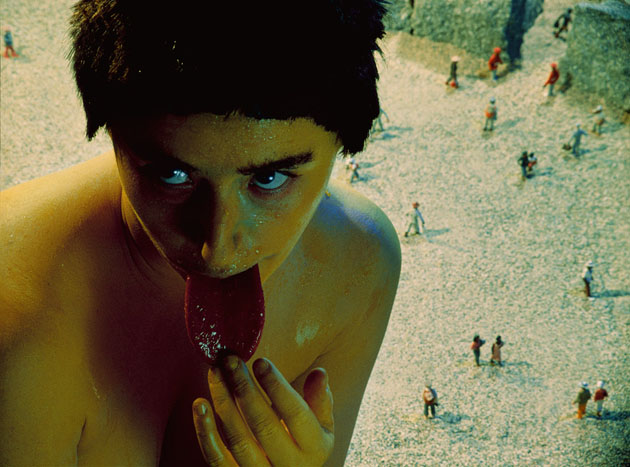
Artifice and irony have always bled through even her most serious portraits, though a large chunk of the opening afternoon crowd seemed to miss the inherent humor in her work. “That is disgusting!” remarked one young woman, notebook in hand, when she saw one of Sherman’s “LA women” staring at her, her tanned and sagging breasts all but dripping out onto the floor. Others could hardly stomach her late 80s work, one of the rare times Sherman stepped out of the frame and instead filled it with raw meat, cookies, vomit, and sunglasses to make some sort of comment on the AIDS epidemic (Untitled #175). A few people laughed when they saw Sherman playing Caravaggio playing Bacchus, wryly eyeing the camera with fresh grapes between her fingers.
How could you not?

Lane Koivu – Images courtesy of MoMA



